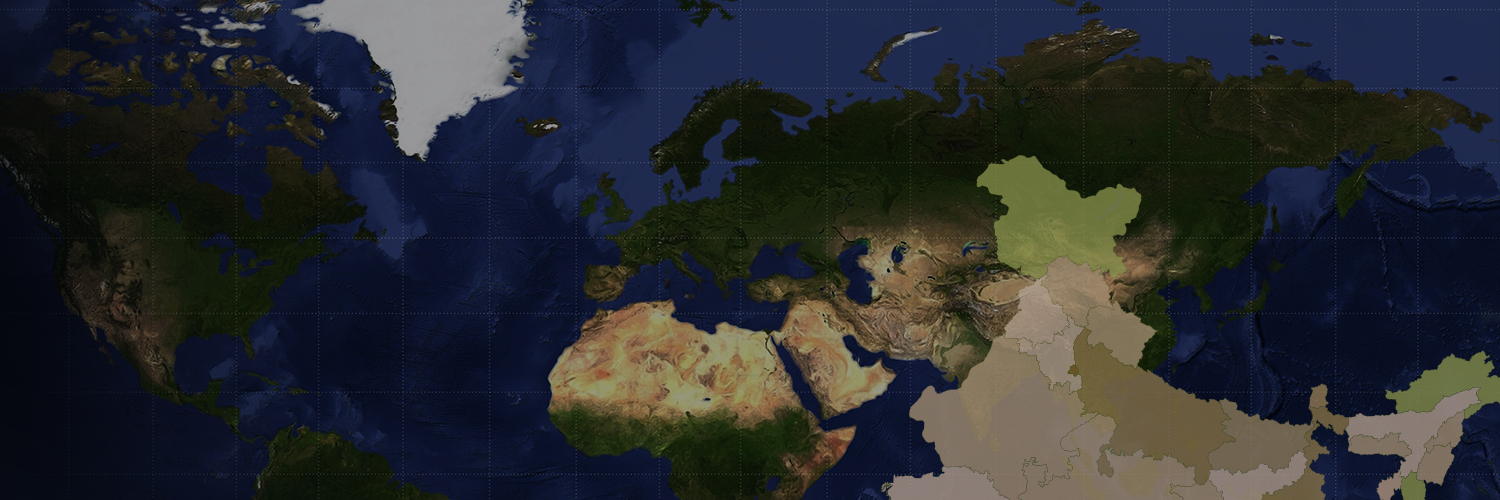
Weather refers to the state of the atmosphere over an area at any point of time. Weather conditions may fluctuate often. Climate refers to the sum total of weather conditions and variations over a large area for a long period of time (over 30 years). The elements of weather and climate are: temperature, atmospheric pressure, wind, humidity and precipitation.
Climate is controlled by six major factors. They are Latitude, Altitude, Pressure and wind system, Distance from the sea, Ocean currents and Relief features.
Latitude
Altitude
Pressure and wind
Withdrawal or the retreat of the monsoon
Winter: The Cold Weather Season
Summer: The hot weather season
Rainy Season: Advancing monsoon
Transition Season: Retreating/ Post Monsoon